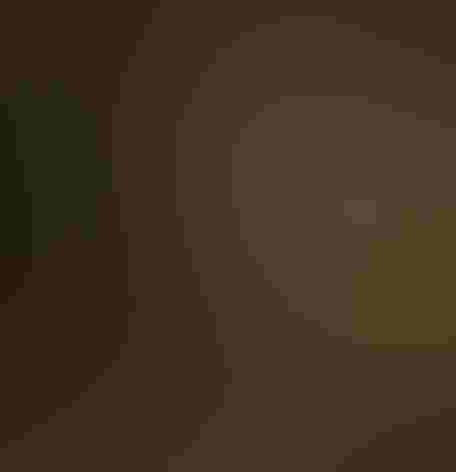Green Heron
At a Glance
Along quiet streams or shaded riverbanks, a lone Green Heron may flush ahead of the observer, crying 'kyow' as it flies up the creek. This small heron is solitary at most seasons and often somewhat secretive, living around small bodies of water or densely vegetated areas. Seen in the open, it often flicks its tail nervously, raises and lowers its crest. The 'green' on this bird's back is an iridescent color, and often looks dull bluish or simply dark.
All bird guide text and rangemaps adapted from Lives of North American Birds by Kenn Kaufman© 1996, used by permission of Houghton Mifflin Harcourt Publishing Company. All rights reserved.
Category
Herons, Egrets, Bitterns, Long-legged Waders
IUCN Status
Least Concern
Habitat
Coasts and Shorelines, Forests and Woodlands, Freshwater Wetlands, Lakes, Ponds, and Rivers, Saltwater Wetlands
Region
California, Eastern Canada, Florida, Great Lakes, Mid Atlantic, New England, Northwest, Plains, Rocky Mountains, Southeast, Southwest, Texas, Western Canada
Behavior
Direct Flight
Population
1.200.000
Range & Identification
Migration & Range Maps
Withdraws in winter from all except southern tier of United States. Northern birds known to migrate as far as Panama, northern South America. Permanent resident in Central America, West Indies. Closely related species common in tropical areas around the world.
Description
16-22" (41-56 cm). A small, dark heron, with orange-yellow legs. Chestnut neck, black crown feathers often raised in a bushy crest, dark back glossed with green or blue. Young bird duller and browner, with striped neck.
Size
About the size of a Crow, About the size of a Mallard or Herring Gull
Color
Brown, Gray, Green, Red, White, Yellow
Wing Shape
Fingered, Rounded
Tail Shape
Short, Square-tipped
Songs and Calls
Call is a sharp kyowk! or skyow!
Call Pattern
Falling, Flat, Simple
Call Type
Odd, Raucous
Habitat
Lakes, ponds, marshes, swamps, streamsides. May be found foraging in practically any aquatic habitat, but most common around small bodies of fresh water, especially those lined with trees, shrubs, tall marsh vegetation. Nests in a wide variety of situations, including willow thickets, mangroves, dry woods, open marsh.
Sign up for Audubon's newsletter to learn more about birds like the Green Heron
Behavior
Eggs
3-5, sometimes 2-7. Pale green or blue-green. Incubation is by both sexes, 19-21 days.
Young
Both parents feed young, by regurgitation. Young begin to climb about near nest by 16-17 days after hatching, usually make first flight at 21-23 days, but are fed by parents for a few more weeks. Young are reportedly capable of swimming well. 1 or 2 broods per year.
Feeding Behavior
Forages mostly by standing still or stalking very slowly at edge of shallow water, waiting for prey to approach. Sometimes uses "bait," dropping feather or small twig on surface of water to lure fish within striking distance.
Diet
Mostly fish. Eats small fish such as minnows, sunfishes, gizzard shad; also crayfish and other crustaceans, aquatic insects, frogs, tadpoles. Other items include grasshoppers, snakes, earthworms, snails, small rodents.
Nesting
May nest as isolated pairs or in small groups, rarely in large colonies. Male chooses nesting territory and calls repeatedly from prominent perch in tree or shrub. Displays of male include stretching neck forward and down and snapping bill shut, pointing bill straight upward while swaying back and forth. Male and female may perform display flights around territory. Nest: Site is usually in shrub or tree 5-30' above ground, but sometimes on ground; often very close to water but can be quite distant. Nest is a platform of sticks; male begins construction, then female builds while male brings materials.
Conservation
Conservation Status
Apparently stable. May be expanding its range northward in parts of the northwest.
Climate Threats Facing the Green Heron
Choose a temperature scenario below to see which threats will affect this species as warming increases. The same climate change-driven threats that put birds at risk will affect other wildlife and people, too.











